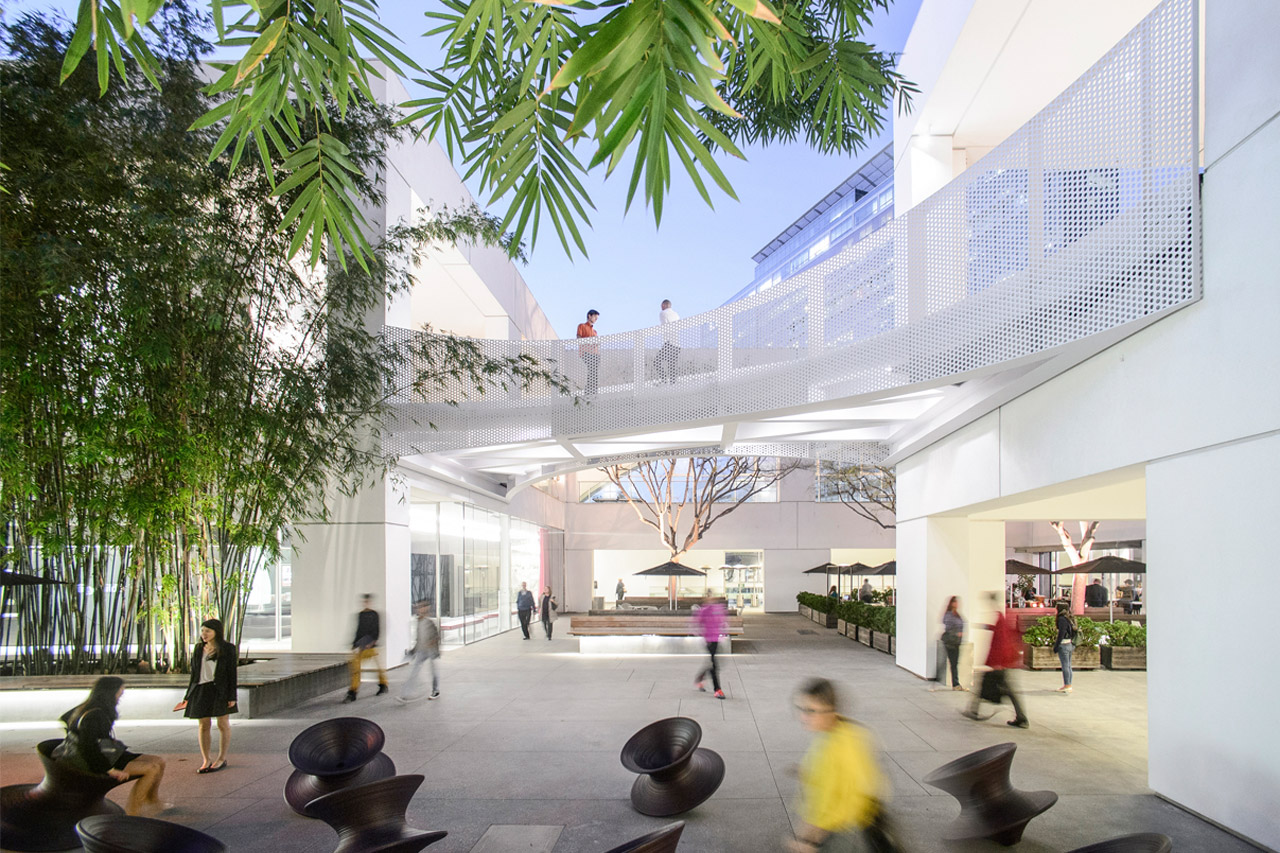06.20.2018
A BIGGER, BETTER
HAMMER MUSEUM
If oil magnate Armand Hammer were alive today, he might marvel that the museum he launched in Westwood before his death in 1990 has evolved into one of the most forward-focused art institutions in Los Angeles. After all, the museum was originally designed to house his fine collection of old-master paintings and drawings, as well as works on paper by Honoré Daumier and his 19th-century contemporaries.
But in the ensuing decades, as the art world has continued to evolve, so has Los Angeles — and so has the Hammer Museum, which is now a part of the UCLA School of the Arts and Architecture. In 1994, UCLA assumed management and operations of the museum, and the Hammer kept its original purpose but also expanded its mission. Today, the Hammer has a wide reputation for innovation and for showcasing new artists.
“L.A. has become a hotbed of contemporary art and artists,” says Ann Philbin, the museum’s director since 1999, “and the Hammer has become a premier institution where they are shown.”
Under Philbin’s leadership, the museum has expanded its collections and programs, including establishing the Hammer Projects series of exhibitions and installations featuring local, national and international emerging artists. It also launched the Made in L.A. biennial, now in its fourth edition. Through these and other innovations, the Hammer has quadrupled its attendance to about 250,000 a year.
Meanwhile, Occidental Petroleum, which occupied the adjoining building, relocated to Houston, Texas. So the Hammer has begun a major, multiyear expansion that will take the museum far into the 21st century.
Earlier this year, the Hammer announced a $180 million capital campaign. Almost half of those funds will be used to expand gallery and other public spaces, while the rest will go toward exhibitions, programming and an endowment. The museum has already raised more than $130 million, including $30 million from L.A. philanthropists Lynda and Stewart Resnick and $20 million from Hammer board chair Marcy Carsey.
The renovations and additions being designed by Michael Maltzan Architecture, who was commissioned in 2000 to create the museum’s 2003 master plan, include:
• A newly designed entrance at Wilshire and Westwood boulevards to maximize the museum’s visual presence at one of the nation’s busiest intersections. In the coming years, the museum will also benefit from a planned Metro Purple Line station across Wilshire.
• More than 10,000 square feet of additional exhibition space for contemporary art.
• New permanent collection galleries and a study room for the Grunwald Center Collection.
• 20,000 square feet of enhanced public spaces, including a new restaurant.
• A new and more accessible Hammer Store.
In all, the expansion will provide 60 percent more gallery space for exhibitions. The museum will remain open during construction, and admission will continue to be free. “We’re accessible to everyone, and that keeps people coming back,” Philbin says. “L.A. has been growing as one of the world’s most exciting cultural creative communities, and the museum has grown alongside it.”

